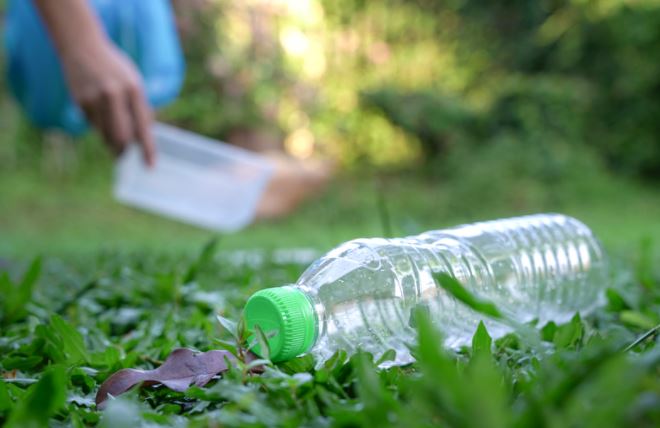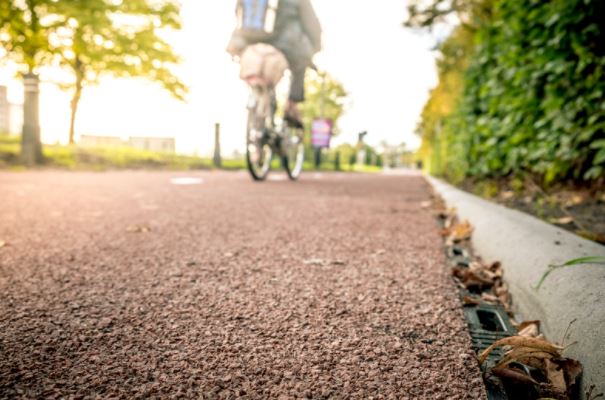Plastic wastes are increasing all the year, and it spreads many epidemics globally in large cities. Some rubbish removal companies are researching ending plastic waste. In this sector, plastic recyclable is a complicated one. Then how to reduce plastic waste globally. Here you can find some best and easy solutions for reducing plastic waste globally.
Why is Plastic Waste a Problem?

Plastic waste is a problem because recycling is not an easy one of plastics nowadays. On the other hand, more transport and electric industries have used low-quality plastic products. You can see plastics every place these days. Plastic is good for humans but not for the environment. So, they are problematic, new plastics are added to the house by people, but not all are biodegradable materials.
How Does plastic Affect Wild and Aquatic Animals?

People throw plastics on the ocean, seas, and forest areas while traveling. Those plastics are coated with food waste, and it increases the chance of eating plastic. Those are water bottles, food containers, plastic covers, drinking straws, and so on. They are not biodegradable. Fish, turtles, whales eat plastics, and they die soon with stomach disease. On the other hand, wild animals also eat a large number of plastics every year. Plastics can spread more diseases in water-filled areas when compared to landfilled areas. So everyone can avoid these kinds of mistakes while traveling.
8 New Solutions to Reduce Plastic Waste Globally
- Plastic Roads
- Nanotechnology for Smart Packing
- Making Lightweight aluminium and steel
- 3D Printing Street Furniture
- Plastic Eating Mushrooms
- Eco-bricks
- Plastic Made of Wood
- Using Satellite to Trace Oceans
- Plastic Roads

Plastic Roads are the best ways to reuse plastic waste. It helps to stop that mix in the soil and water. These days many companies are doing plastic roads using plastics. And this is the modern and new strategy for ending plastics. MecRebur is one of the companies doing this project. They melt the plastics and add some chemicals, then build the plastic roads. It helps with reducing the carbon footprints.
-
Nanotechnology for Smart Packing
It is the new approach to food packing. Nanotechnology increases the life of foods and minimizes food spoilage. And it helps to reduce the problem with food packing. In recent years, most food packaging items are created with the cheapest plastic materials. Food industries are doing more research on nanotechnology. Small and high materials are used for storing small containers. The nanotechnology food packing process is divided into three types such as improved packaging, active packaging, and intelligent or smart packaging
-
Making Lightweight Aluminium

Generally, aluminum is a 100% recyclable material. By the way, lightweight aluminum is one of the cost-effective strategies for people. You can use aluminum-based products instead of plastics. Lighter-weight aluminum-based products are slowly growing nowadays. It saves energy and weight in engineering works.
-
3D Printing Street Furniture
3D printing street furniture is the newest growing technology. This is the way to melt single plastic materials, then use that to 3d printings. Household and industrial wastes are used in 3D printing.
-
Plastic Eating Mushrooms
In the year 2012, Yale University students found this type of mushroom on the Amazon rainforest. It is called the Pstaslatiopsis microspore. It is the best cost-free and natural method of ending zero-waste plastic. These mushrooms make biodegradable landfilled plastics and save the soil resource. On the other hand, these types of mushrooms are not harmful to humans.
-
Eco-Bricks

The Eco-bricks concept is the new one for plastic waste management. Empty water bottles are used for this process. A Single-use water bottle has been filled with small plastics without any space and used like an eco-brick. Then it is used for tables, beds, even walls, and stages.
-
Plastic Made of Wood
Technical Research Centre of Finland developed this product, and they used that for agricultural and forestry products. Those products like muesli, nuts, rice, dried fruits, and so on.
-
Using Satellite to Track Oceans
The University of Michigan developed this innovative method for tracking the ocean to remove the tiny plastics on water. Plastic wastes are broken by ocean waves and sun rays. It generates microplastics in the ocean. These types of microplastics are harmful to humans and aquatic animals.
Conclusion
Each year, plastic pollution is increasing all over the world. In this article, you have learned the global plastic management and some recycling tips. In the future, we will achieve more innovations in plastic waste management.





